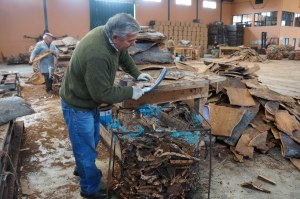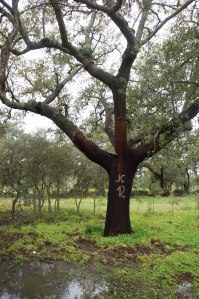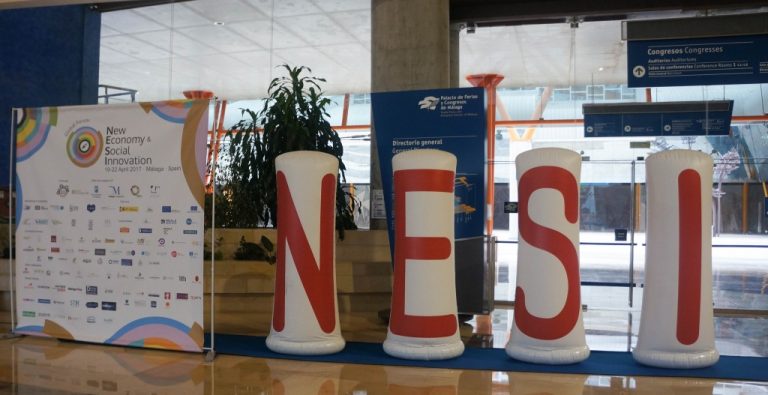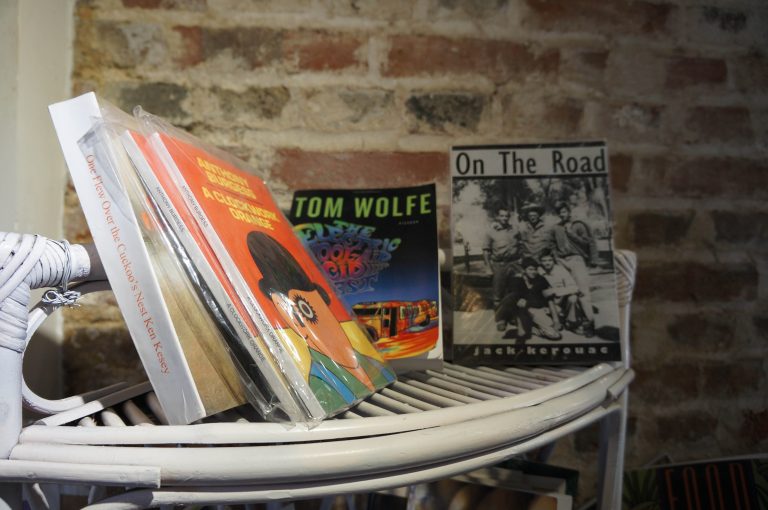The route of cork
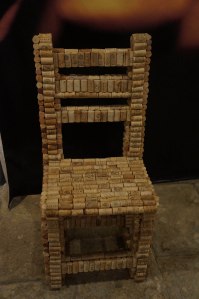
Did you know that there is an interpretation room in São Bras do Alportel Museum, dedicated to Cork? The town has a long history of its production and extraction as well as the creative use and development of the product. This room is where the Cork Route Tour starts, if you sign up with the Rota da Cortiço Association. They offer a range of tours for the young and those less agile.
Many cork trees, along with carob and olive trees were destroyed in last July’s fires. Cork farmers have lost not just one crop but many years of cork harvests. Although they are replanting, the new trees will not be harvested by most of this generation of cork farmers. Sofia Carrusca, 32, the Association guide whose grandparents of both sides are cork farmers said, “When the cork from the new trees is harvested, I will be an old woman and my grandparents will not see many more harvests”. Cork Oaks (quercus suber) and its history are part of the fabric of São Brãs do Alportel. 60-70 cork factories once existed in the town, now there are two. One of the factories is mechanised and the other uses traditional methods of processing the cork.
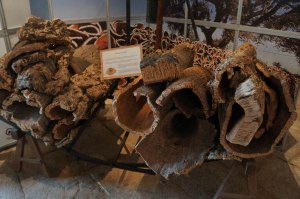
Cork is farmed, mostly, in France, Italy Spain, Tunisia, Morocco and of course Portugal. Portugal accounts for 50% of the world market. The Barrocal region with acid soil is a comfortable place for the trees to flourish. The tree is an evergreen that can grow up to 20 metres and live for 200 years. The tree grows slowly and transplanting is difficult, so care is taken in nurturing new plantlets.
Once the tree is about 25 years old the cork can be peeled off from the standing tree. The first stripping is called virgin cork and is not considered good quality. Cork is peeled off again from the tree 9 to 12 years later. The cork then regenerates over the next 9 to 12 years and is then harvested again. The third peeling produces good quality cork.
Part of the tour goes into the Serra de Caldeirão, so that you can explore or at least visit a cork forest. The cork is harvested in summer, mostly in May, June and July. Even then, it depends upon whether the tree is willing “to give”. If the tree is too dry then the cork cannot be extracted easily and the farmer will wait another year before harvesting. It is the tree that determines when it wants to share its outer bark, not the farmer. Harvesting is skilled work and Sofia said “on a June day the skilled worker, with a specialised axe, walks into the forest and it is a spectral ecstasy”, to see him begin asking the tree if it will give its bounty. A team of men work together, to peel the cork oak. Skills are often handed down from father to son.
In Portugal, cork oak is mostly a product farmed by land owners, although local families still share out pockets of land and the cork oaks on the land.
Once harvested the cork is packed onto lorries and transported to factory sites. Nothing happens for a while as the cork is rested up to 6 months. It is then that the process begins of changing the nature of the cork. It is first put into a large copper vat full of hot water and heated from below by a wood fire. The cork sits in the water for 1 hour and is then removed, rested and cooled for 2-3 weeks. Then begins the process of assessment. In the traditional factory this is done by hand. A man looks at each piece assesses its quality , cuts the cork by hand with a special knife and then it is removed and stacked ready for further processing into products. Traditionally cork was primarily used for wine bottle stoppers. There are numerous applications today, including the inside of baseballs, flooring, sealing gaskets for cars, handbags, purses, shoes and even dresses and umbrellas.
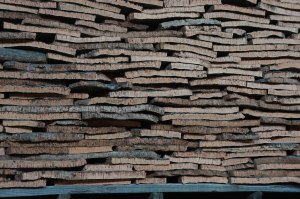
The cork route guided tour often finishes back in Sâo Bras do Alportel outside a shop that specialises in cork products. The owner of the Cortiça shop, Sandra Correia is the daughter of the modern mechanized cork factory in the town. She presented Madonna with a cork handbag on her visit to Portugal. She also sent President Obama a cork dog collar for his Portuguese waterdog. The shop has many innovative cork products including, boots and shoes
You can spend a whole day taking the tour or just a couple of hours, whichever you choose, the experience is very special.
For more information
